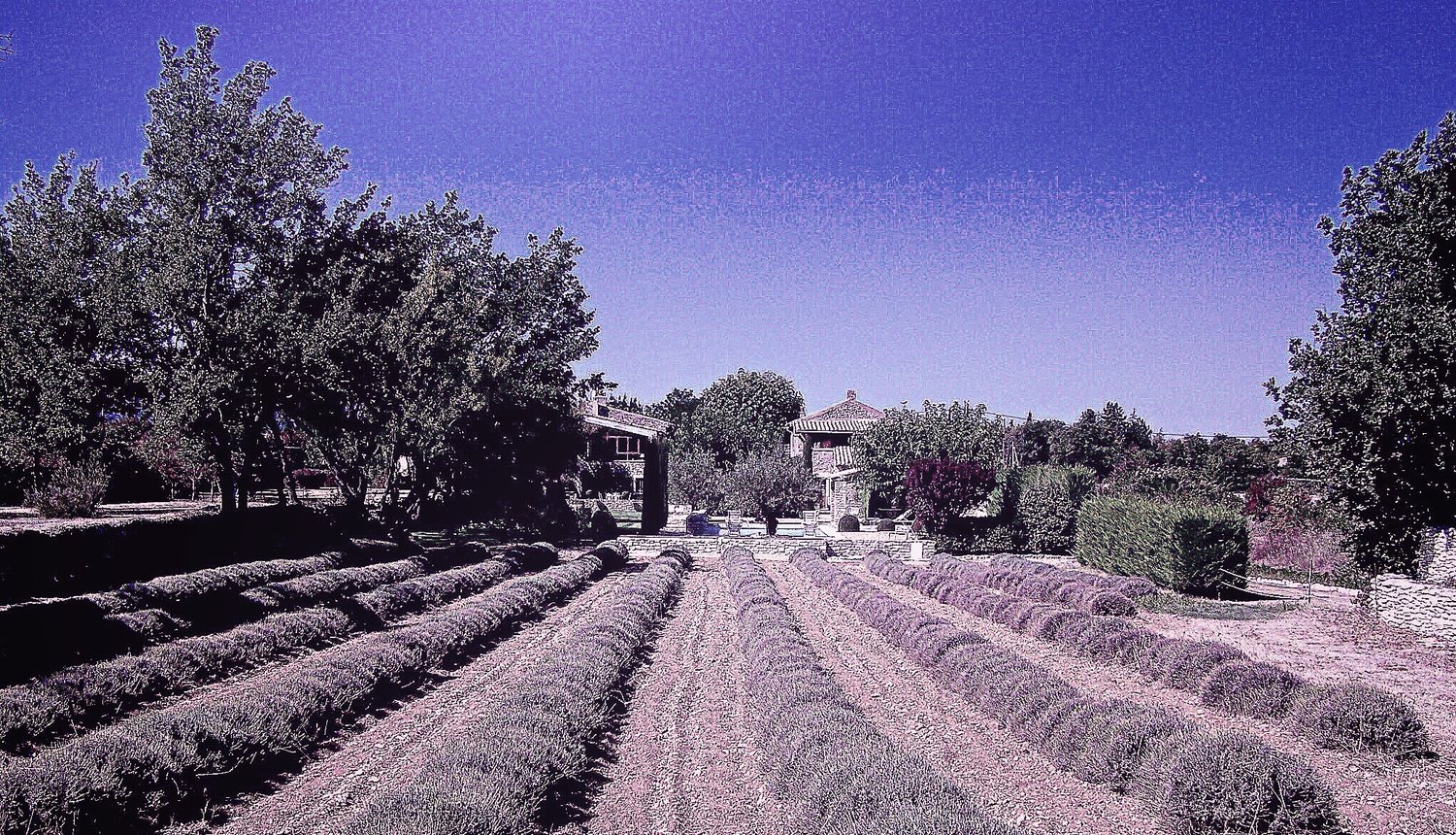My name is Janet Carpenter. I lead a global communications company headquartered in London. Over the past twenty years I have enjoyed a secondary residence in Provence and fallen in love with the beautiful landscapes and exquisite produce of the region. I simply love: strolling through the hill-top villages; cycling through the national park of the Luberon; taking day trips to the southern Rhone vineyards, antique shopping en route in Isle-sur-la-Sorgue; spending the day at the seaside towns of the Bouches-du Rhone; or driving through the. countryside of the Alpes-de-Haute-Provence.
Village by village I have discovered the rich history and traditional culture of Provence deepening my attachment to the region and the overlapping geographies of the Luberon, Vaucluse, and Provence. Historically the borders of Provence have included the departments of the Alpes-de-Haute-Provence, Alpes-Maritimes, Hautes-Alpes, Var, Bouches-du-Rhone and Le Gard, all of which I will reference with suggestions on what can be enjoyed as day trip destinations during a visit in this beautiful area.
The Luberon
Limestone cliffs of the Grand Luberon
Situated in natural reserve, the Luberon encompasses rugged limestone mountains, rolling valleys and lush vegetation, with 5 villages perchés listed as ‘the most beautiful villages in France’.
Narrow streets, shady squares, cooling fountains, the villages have enticing restaurants, cafés and shops which beckon visitors to experience the art de vivre of Provence. Many people consider the Luberon to be the heart of the "real" Provence
View of the perched village of Lacoste
We love all the hill-top villages but consider ourselves villagers of Lacoste: on the northern slopes of the petit Luberon, crowned by an 11th century chateau which was owned/inhabited by the Marquis de Sade in the 18th century and Pierre Cardin in the 20th century.
Lacoste has been home to many artists in the 20th century and today houses the Savannah Collage of Art and Design (SCAD) who host illuminating cultural experiences through the year enabling guests to connect with artists designers and students of fashion, art, sculpture and beyond
The Vaucluse
Lavender with Mont-Ventoux backdrop
Vaucluse (from Vallis Claus in latin) is a hilly département in Provence surrounded by mountain chains. The départment extends north-east to the high peaks and lavender fields of the Mont Ventoux, north-west to the prestigious vineyards of the southern Rhone and south-west to the shady banks of Isle-sur-la-Sorgue
Home to the historical cities of Orange and Avignon (UNESCO world heritage sites, the Vaucluse is the best place to visit historical sites.
Avignon, home of the popes in the 14th century
Avignon is an important historical city. In the 14th century it was the seat of the Catholics popes. Today it is a UNESCO world heritage site, the capital of the Vaucluse and an important centre for the performing arts with Europe’s most important drama festival in July.
The vast Gothic Palais des papes is a must see for visitors Shoppers must head to the chic and bourgeois quarter of the Rue Joseph Vernet, where designer clothing and luxury goods shop abound. Other highlights include its art museums and restaurants étoilées
Provence
Les Calanques du Bouches-du-Rhone
Historically Provence extended from the Rhone river to the border of Italy in southern France.
Today the geography includes Var, Bouches-du-Rhone, Alpes-Maritimes which are on the sea.
Vaucluse, and above all Hautes-Alpes & Alpes-de-Haut-Provence are more rural relying on agriculture (lavender, vineyards, fruit orchards and sheep-raising. Tourists appreciate the gorges for water-rafting and hiking trails.
Rural beauty of Alpes-de-Hautes-Provence
A pilgrimage to the plateau de Valensole is a must for many tourists to see its remarkable lavender. Some combine a hiking trip to the gorges d’Oppedette for spectacular views.
When travelling the Haute-Provence there are medieval towns such as a Manosque (home of the writer Jean Giono, or Forqualcier to visit too.
The eminent cities of the Bouches-du=Rhone draw many urban tourists: Marseille for its gastronomy, shopping and great museums. Aix-en-Provence, for its architecture, art, and shopping.
La Raffine is the name of my property in the Lubéron, an 18th century stone mas perched outside the hill-top village of Lacoste on a terrain sprinkled with century old olive and almond trees, overlooking our own lavender field.
La Raffine in September
A few years back I started writing about Provence so our guests could enjoy all there is to explore. Encouraged by their reactions www.laraffine.net has been created so other visitors can discover the arts and delicacies that the Lubéron uniquely preserves. You can enjoy photos and videos made by our guests in the gallery.
Feel free to contact me with questions, suggestions or to enquire about staying at La Raffine.








